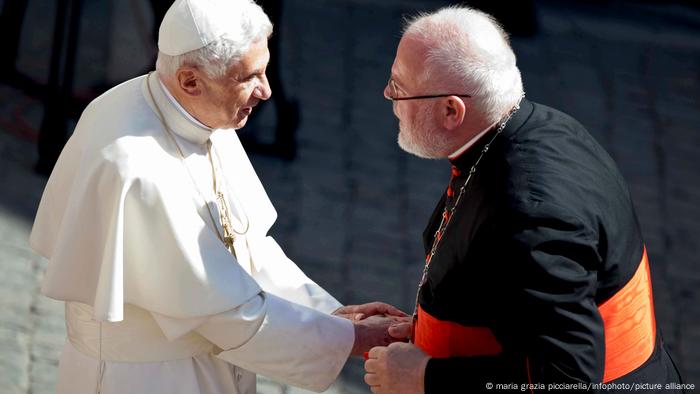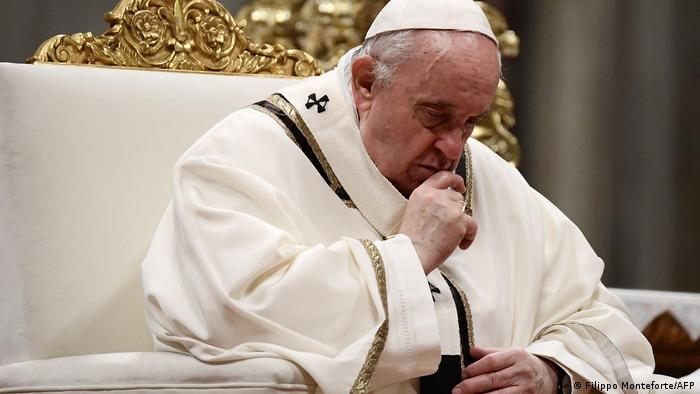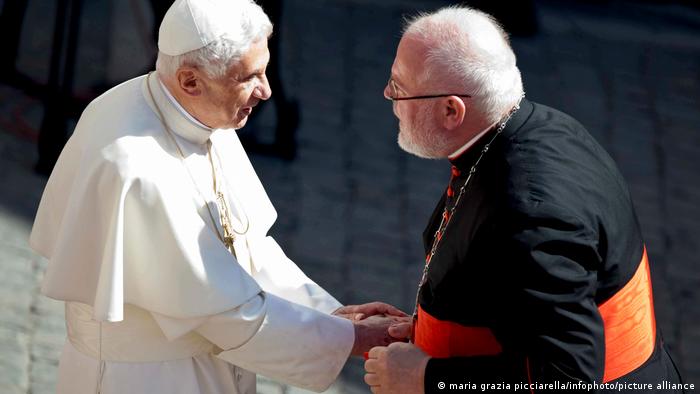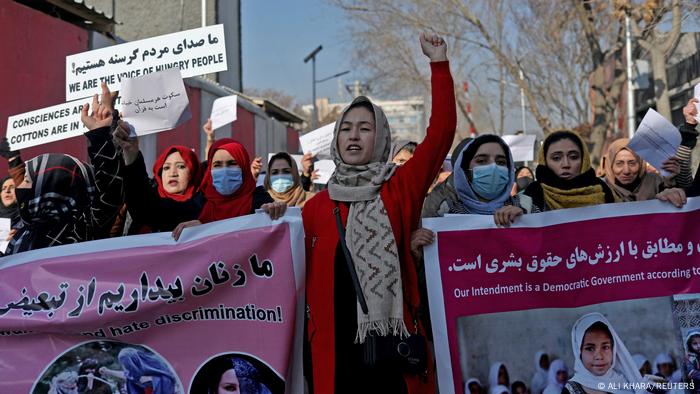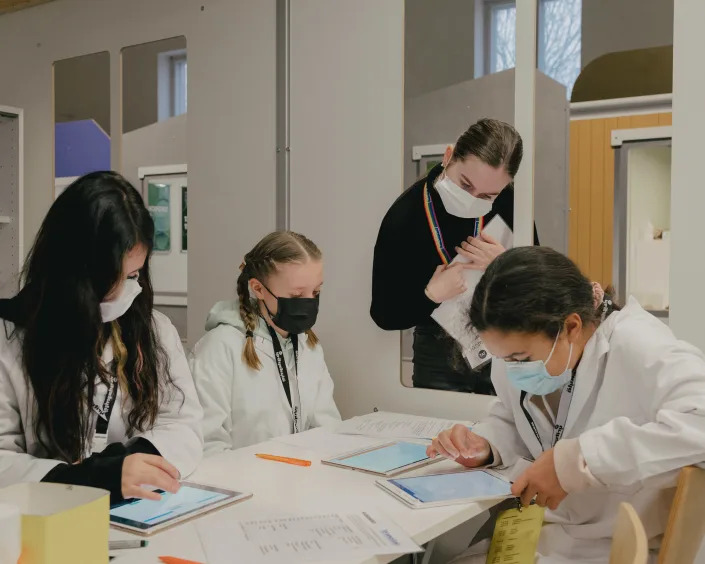REST IN POWER
Thich Nhat Hanh: Influential Zen Buddhist monk dies at 95
A pioneer of the concept of mindfulness in the West, Thich Nhat Hanh was one of the world's most influential Buddhist monks. He died in Vietnam after years of living in exile.
Thich Nhat Hanh (center) spent his final years at the Tu Hieu temple in Vietnam
One of the world's most influential Buddhist monks, Thich Nhat Hanh, died in Vietnam on Saturday. He was 95.
Nhat Hanh "passed away peacefully" at the Tu Hie Temple, the Plum Village Community of Engaged Buddhism said.
"We invite our beloved global spiritual family to take a few moments to be still, to come back to our mindful breathing, as we together hold [Nhat Hanh] in our hearts," the organization said on his Twitter account.
Who was Thich Nhat Hanh?
Nhat Hanh was a pioneer of Buddhism in the West, forming the "Plum Village" monastery in France. He spoke regularly on the practice of mindfulness.
"You learn how to suffer. If you know how to suffer, you suffer much, much less. And then you know how to make good use of suffering to create joy and happiness," he said in a 2013 lecture.
In the early 1960s, he lectured at Princeton and Columbia universities in the United States. Then he returned to Vietnam to join opposition to the US-Vietnam war.
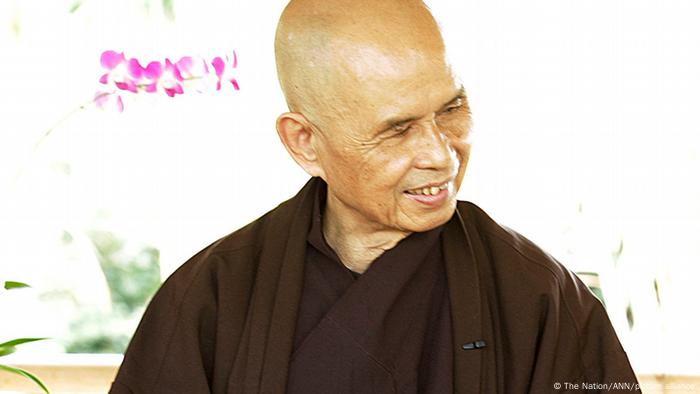
Thich Nhat Hanh was known for spreading the practice of mindfulness
Toward the height of the Vietnam War, he met American civil rights leader Martin Luther King, who nominated him for the Nobel Peace Prize. "I do not personally know of anyone more worthy of the Nobel Peace Prize than this gentle Buddhist monk from Vietnam," King wrote.
Fellow monk Haenim Sunim said Nhat Hanh was calm, attentive and loving.
"He was like a large pine tree, allowing many people to rest under his branches with his wonderful teaching of mindfulness and compassion," Haemin Sunim told Reuters news agency.
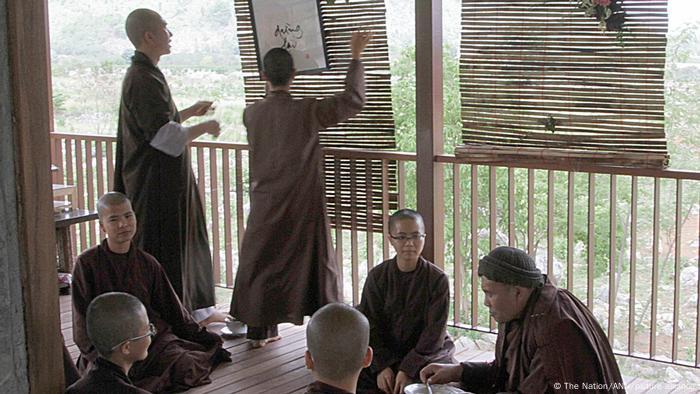
The Plum Village organization Nhat Hanh originally established in France has a number
of branches around the world, including in Thailand (pictured)
Why was Nhat Hanh in exile?
The South Vietnamese government had banned Nhat Hanh from returning home due to his opposition to the war.
In 2014, Nhat Hanh suffered a stroke, which left him unable to speak. Four years later, he returned to his place of birth, Vietnam's central city of Hue, after having spent much of his adult life in exile.
Nhat Hanh was permitted by Vietnam's authorities to return, but was closely monitored by plainclothes police who kept vigil outside his gated compound.
sdi/fb (AFP, AP, Reuters)

